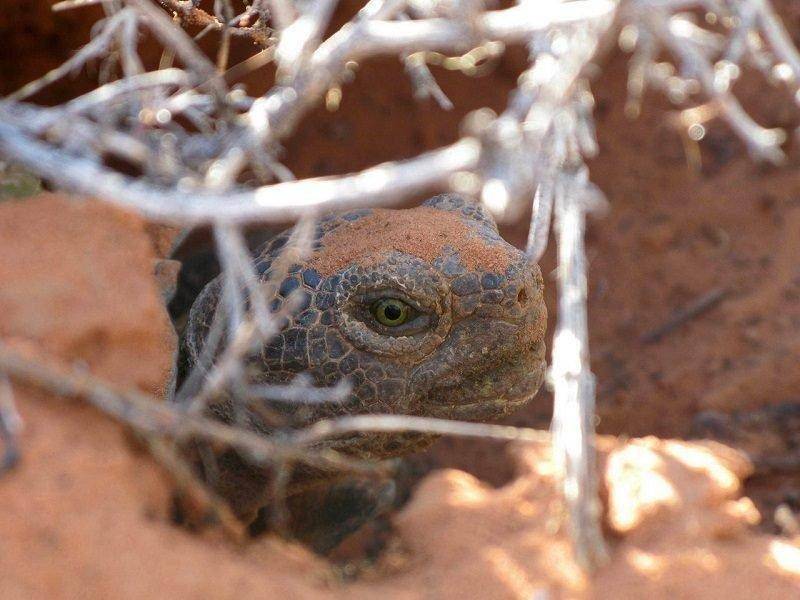DWR Press Release
Columbia spotted frogs, cross snaggletooth and American pika are just some of the lesser-known wildlife species in Utah that will receive help through the state’s new wildlife action plan.
Some familiar species, including Bonneville cutthroat trout and bighorn sheep, will receive help too.
A total of 141 wildlife species, the habitats they rely on, the threats they face and some of the potential actions needed to help them, are identified in the Utah Wildlife Action Plan. You can see the plan at www.wildlife.utah.gov/learn-more/wap2015.html.
The ten-year plan will guide the management of these species in Utah through 2025.
Giving wildlife some help
In addition to helping wildlife, the plan also helps the state of Utah by helping keep wildlife, which are struggling, off the federal Endangered Species list.
“The plan identifies the species in Utah that are most in need of management or further study,” says Jimi Gragg, Wildlife Action Plan coordinator for the Division of Wildlife Resources. “It then provides guidance to help the species and protect and enhance their habitat.”
In addition to species that are struggling, or that are poorly known, the plan also provides direction to manage species that are doing well but still aren’t found—in big numbers—in their historic habitat. “Cutthroat trout, bighorn sheep and bison are among the wildlife in this category,” Gragg says.
DWR biologists led efforts to compile the plan. Federal biologists and land managers, professors at Utah State University and representatives from conservation groups also played a big role in putting the plan together.
Next steps
With an approved 10-year plan in place, the next step is mapping out specific management actions—for the next few years—based on the plan’s general guidelines. Once those are mapped out, proposals for on-the-ground projects will be developed. Gragg says he’s excited to have the new plan approved and in place.
“Together with our partners,” he says, “we’ve found a lot of success conserving these species over the past several decades. The updated plan will lead us to develop fresh, new efforts to continue that success for the next 10 years.”

